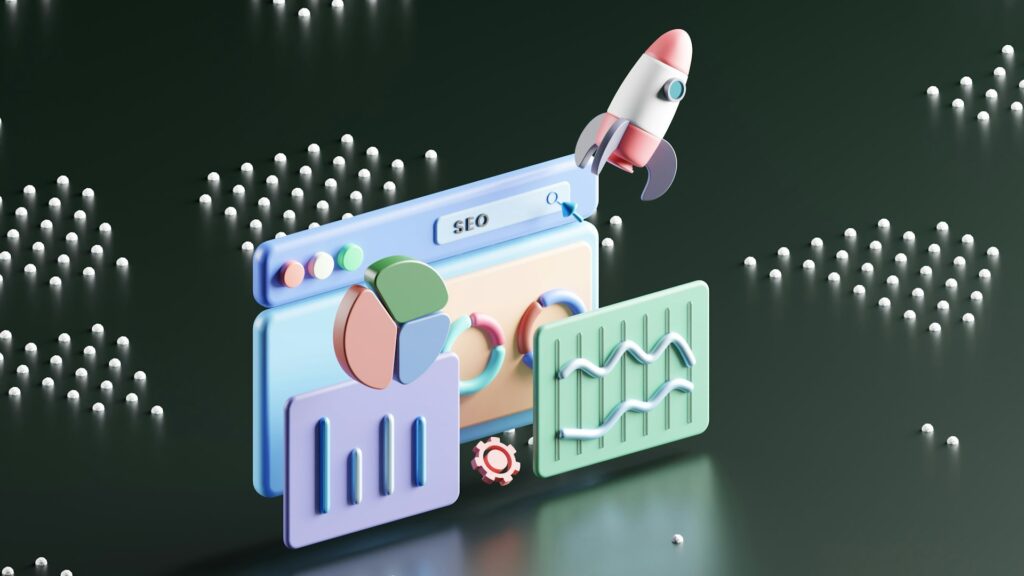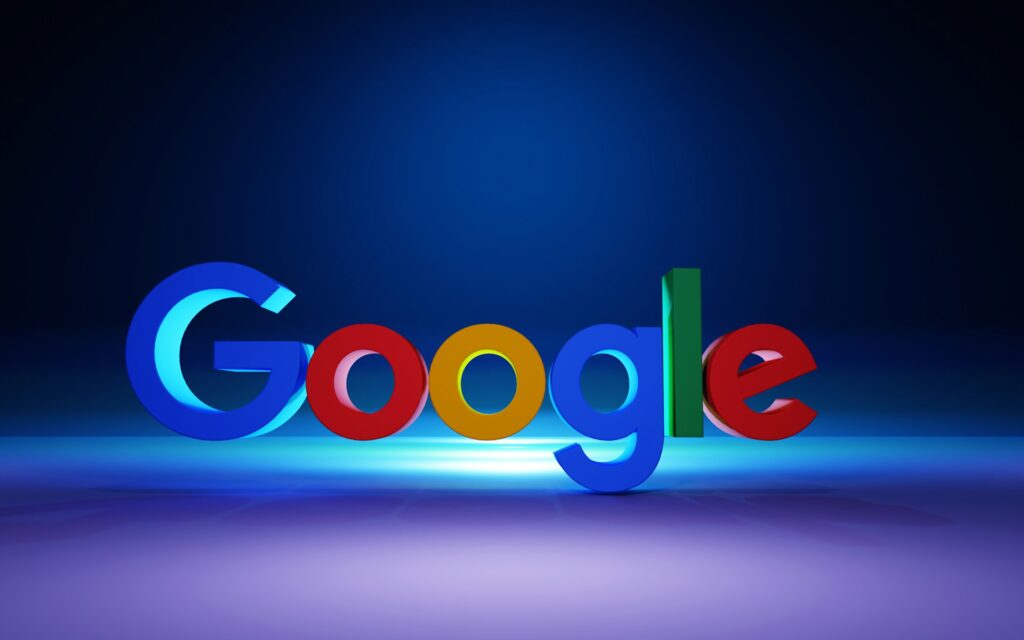Differences Between SEO and SEM
Differences Between SEO and SEM: In the world of digital marketing, two critical strategies stand out: Search Engine Optimization (SEO) and Search Engine Marketing (SEM). Both approaches aim to enhance online visibility, drive traffic, and boost conversions. However, while they share similar goals, SEO and SEM differ fundamentally in methodology, cost, timelines, and effectiveness. Understanding these differences clearly can significantly benefit any business or marketer aiming to develop a robust online presence.
What is SEO?
SEO, or Search Engine Optimization, refers to the practice of optimizing websites and content to achieve higher organic rankings on search engine results pages (SERPs). Organic rankings are non-paid listings that appear naturally based on a search engine’s algorithmic assessment of relevance and quality.
Key Components of SEO
On-Page SEO
On-page SEO encompasses optimizing individual web pages to rank higher and attract organic traffic. This includes:
- Quality and relevance of content
- Keyword optimization
- Meta descriptions and titles
- Internal linking structure
- URL optimization
Off-Page SEO

Off-page SEO involves activities outside the website aimed at improving rankings. Crucial elements include:
- Building high-quality backlinks
- Social media engagement
- Guest blogging
- Influencer outreach
Technical SEO
Technical SEO refers to the optimization of website structure and backend aspects, enhancing crawling and indexing by search engines. Key areas involve:
- Website loading speed
- Mobile responsiveness
- XML sitemap
- Secure browsing (HTTPS)
- Structured data markup
What is SEM?
SEM, or Search Engine Marketing, involves paid strategies to increase visibility on search engine results pages. Unlike SEO, SEM utilizes pay-per-click (PPC) advertising to quickly place websites prominently in search results. Ads typically appear above organic results, clearly marked as advertisements.
Components of SEM
Pay-Per-Click (PPC)
PPC advertising involves bidding on specific keywords. Advertisers pay a fee each time their ad is clicked. This method allows for instant visibility and precise targeting.
Ad Auctions
Platforms like Google Ads operate on ad auctions, determining the placement of ads based on factors such as bid amount, ad quality, relevance, and landing page quality.
Ad Formats
SEM provides multiple ad formats:
- Text ads
- Shopping ads
- Display ads
- Video ads
Differences Between SEO and SEM
Cost
SEO strategies usually require upfront investment in content creation, website optimization, and maintenance without direct payments to search engines. Costs associated with SEO are indirect but long-term.
SEM involves direct costs for advertisements, typically charged per click. Budgets can escalate quickly without proper management and monitoring.
Visibility and Speed
SEO takes considerable time, often months, to deliver substantial results but yields sustainable long-term visibility. Results are stable once achieved, provided optimization continues.
SEM offers immediate visibility, making it ideal for campaigns requiring rapid results. However, visibility ends once budgets are exhausted.
Audience Targeting
SEO targets audiences through strategic content tailored around specific keywords and user intent. However, it lacks precise demographic targeting.
SEM allows advanced demographic, geographic, and psychographic targeting, enabling businesses to reach highly specific audiences.
Credibility and Trust
Organic SEO results typically hold more credibility among users, as they perceive these listings as naturally authoritative. Users are more inclined to trust organic results compared to ads.
SEM results, clearly marked as ads, may be viewed skeptically by some users. Nonetheless, well-crafted ads can effectively drive conversions, particularly for commercial or urgent queries.
ROI and Analytics
SEO offers excellent ROI over time, especially for evergreen content. Analytics for SEO can indicate traffic sources, keyword performance, and user behavior, though the data builds slowly.
SEM provides immediate, detailed analytics on ad performance, conversion rates, and cost efficiency, making it easier to quickly adjust and optimize campaigns for better ROI.
When to Use SEO?
SEO is particularly beneficial for:
- Long-term brand visibility
- Increasing organic website traffic
- Building credibility and trust
- Establishing authority within a niche
Businesses with limited budgets and longer timelines for achieving online visibility typically find SEO more suitable.
When to Use SEM?
SEM is particularly effective for:
- Immediate visibility
- Promoting time-sensitive offers or events
- Testing new products or landing pages
- Highly competitive industries needing quick market entry
Businesses with larger budgets and short-term campaign goals benefit greatly from the precision and immediacy SEM provides.

Integrating SEO and SEM for Maximum Results
Rather than viewing SEO and SEM as separate strategies, integrating both can deliver comprehensive digital marketing success.
Enhanced Visibility
Using SEM initially can boost immediate visibility while waiting for SEO to gain traction, providing a balanced approach to consistent online exposure.
Keyword Insights
SEM campaigns yield valuable data on keyword effectiveness and audience behavior. These insights can inform and refine SEO strategies for better organic performance.
Brand Dominance
Combining SEO and SEM enables brands to dominate SERPs effectively, increasing trust, credibility, and click-through rates by appearing prominently in both organic and paid results.
Budget Efficiency
Optimizing keywords discovered via SEM for SEO purposes can eventually reduce dependence on paid ads, lowering overall marketing costs while sustaining visibility.
Common Misconceptions
SEO is Free
While no direct payments are made to search engines, SEO requires substantial investment in expertise, content, and technical optimization.
SEM Always Outperforms SEO
SEM’s rapid results can be attractive, but SEO provides sustainable, long-term growth and typically attracts a more engaged and trusting audience.
Case Studies: Successful Implementation
E-commerce Example
An online retailer implemented SEM to immediately drive traffic and conversions during holiday seasons while simultaneously optimizing their website with SEO. This dual strategy resulted in initial rapid sales growth followed by sustained organic growth and reduced overall marketing costs.
B2B Technology Example
A tech company employed SEO to build industry authority through high-quality, informative content and optimized their website structure. Simultaneously, they ran targeted SEM campaigns for product launches. This approach significantly increased market penetration and long-term brand visibility.
Tools and Resources
SEO Tools
- Google Search Console
- Google Analytics
- SEMrush
- Ahrefs
- Moz
SEM Tools
- Google Ads
- Bing Ads
- WordStream
- SpyFu
The Future: SEO and SEM
Both SEO and SEM continuously evolve due to algorithm updates, technology advancements, and consumer behavior shifts. Artificial Intelligence (AI), machine learning, and voice search will further influence strategies, necessitating ongoing learning and adaptability from marketers.
AI-Driven Optimization
Emerging AI-driven platforms increasingly automate and optimize both SEO and SEM processes, making strategies more precise, efficient, and effective.
Voice Search
The rise of voice search requires adapting SEO strategies toward conversational language, creating opportunities for businesses to capture new, emerging audiences effectively.
Conclusion
SEO and SEM each offer distinct advantages and complement one another when integrated effectively. Understanding their core differences and leveraging their combined potential is essential for long-term online marketing success. Businesses that skillfully employ both strategies can achieve enhanced visibility, deeper audience engagement, and sustainable growth, positioning themselves strongly in competitive online landscapes.


